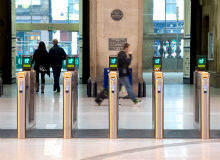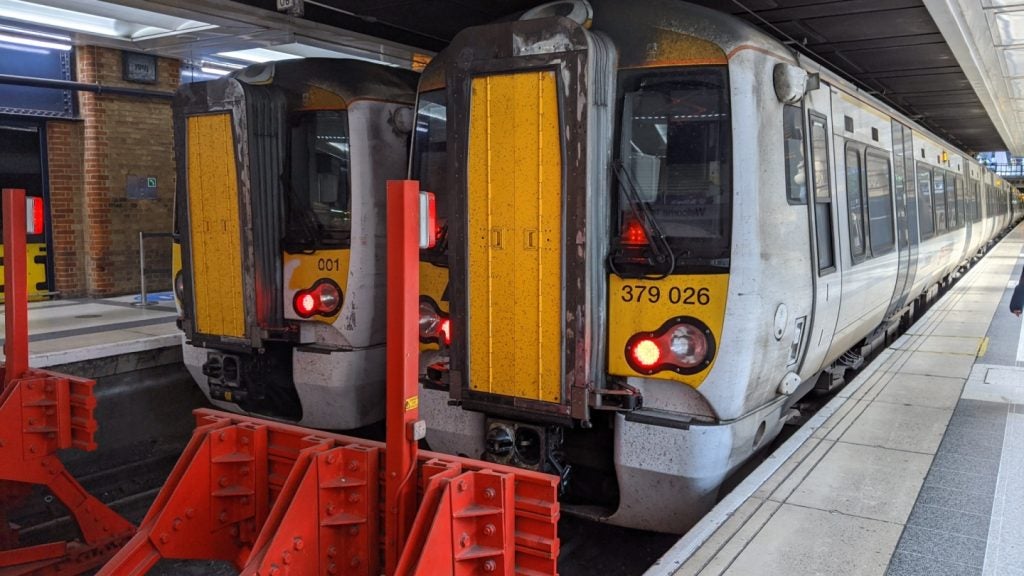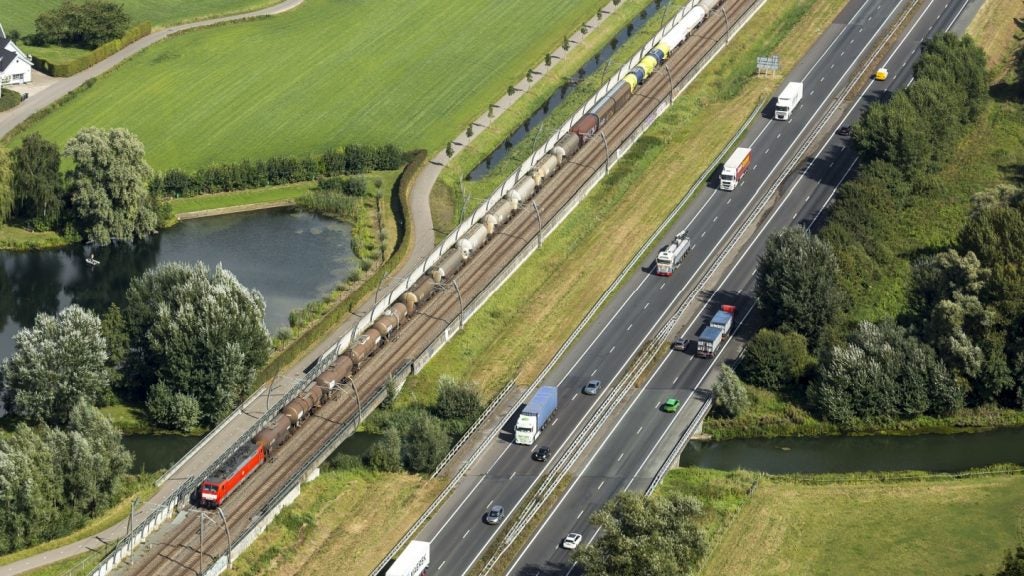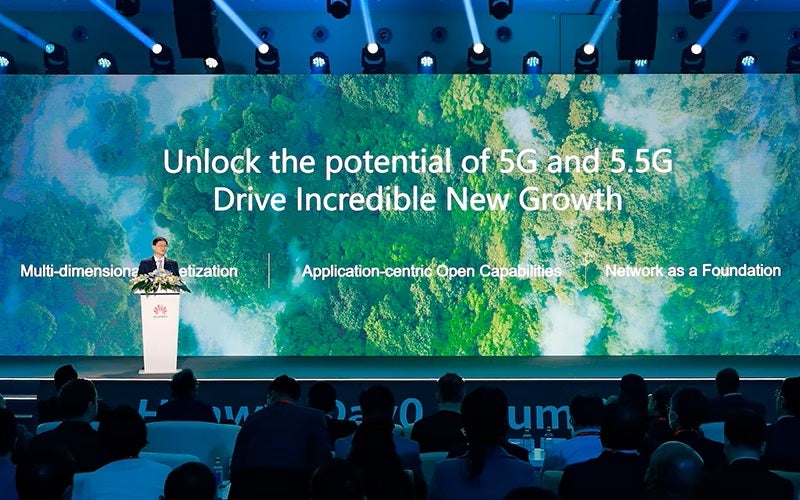

The means by which passengers pay for their right to travel on the railways is changing. Transport operators and governments are studying ways to gradually wean people off their reliance on traditional paper tickets, eager to capitalise on the possibilities of new technology.
Smartcards – think London’s Oyster card or Opal in Sydney – have become ubiquitous across many cities, transforming the speed and method of payment. More recently, contactless travel via a credit or debit card has also been welcomed, while m-tickets – a barcode that can be downloaded onto a phone or tablet and scanned to authorise travel – are regularly discussed with enthusiasm.
The term account-based ticketing (ABT) is less familiar outside industry circles. One description, by the SmartCard Alliance, explains it as: "The transit fare collection system architecture that uses the back office system to apply relevant business rules, determine the fare, and settle the transaction." Put more simply, it means taking passenger and ticket information from a smartcard to the cloud, or ‘account’. In essence, the ticket is in the account, not on the card. It is the back office of travelling; the bit passengers do not see.
"The main difference is how and where the data is stored," says Frederic Martinez, head of marketing for transport and ticketing at Gemalto. "ABT uses information that is centralised on a remote database which is accessed online. Passenger data and rights to travel are not stored on individual physical items like smartcards."
See Also:
Martinez adds that for the passenger this means accessing their account to change the conditions of their travel or personal details, removing the need to carry a transport-specific card. James Gooch, of Masabi, commented in February that it "allows ‘tokens’ to act as tickets, meaning that as long as the token is secure and has the necessary technology to scan into the network…passengers can use what they have in their pocket to travel".
How well do you really know your competitors?
Access the most comprehensive Company Profiles on the market, powered by GlobalData. Save hours of research. Gain competitive edge.

Thank you!
Your download email will arrive shortly
Not ready to buy yet? Download a free sample
We are confident about the unique quality of our Company Profiles. However, we want you to make the most beneficial decision for your business, so we offer a free sample that you can download by submitting the below form
By GlobalData24/7 ‘management’ of travel
In theory, a ‘token’ could be any form of contactless device that is linked to the passenger’s account – card, mobile phone, even passport or biometrics. What really matters is that passengers are given more choice. As a whole, smartcards are part of what is known as a closed-loop system, where only a specific transit card is accepted as a permit to travel.
"Using web-based services or mobile applications means that passengers will no longer be restrained by the ticket machine or station," explains Martinez. "Removing the need for a physical ticket means passengers won’t have to worry about online advanced tickets arriving in the post in time for their intended journey."
Transport for London’s (TfL) introduction of contactless payment via bank card is one step on from the closed-loop framework. It calculates the fare in the back office; taking a single payment at the end of each day for all the journeys made.
Apple Pay can be used on many of London’s networks, including the Underground, Overground and Docklands Light Rail, allowing people to make their contactless payments through their iPhone or Apple Watch. There have also been reports that contactless payment card technology could be incorporated into a new Oyster card at a later date.
In a sense this is a form of account-based travel, as passengers do not need to buy or top-up before travelling. So, ABT is "more evolutionary rather than revolutionary", says Neil Connor, transport client executive at UK & Ireland Fujitsu.
"It is [about] building on the benefits of schemes like Oyster and contactless. It builds on these and takes it to the next stage, providing flexibility over the token that identifies the passenger and opening up the potential to travel across the country without the need for a ticket."
Connor adds that the "unique identifier" of passengers could allow operators to be more flexible in terms of fares and make repayments for delays automatic. "They [then] have a greater understanding of the journeys that I am making," he explains.
For transport operators, just meeting passenger demand from more flexibility is a powerful incentive, while speeding up – or in some cases removing – the process of purchasing tickets has clear benefits for station infrastructure and capacity. Meanwhile, Daren Wood, director of CommuteLondon, says: "For operators, particularly in urban environments where capacity is a major issue, ABT would enable them to encourage people on to slower or later services with more attractive fares."
Taking the leap
All of this sounds nice on paper, but it is easy to forget that as with any technological change, getting it right at the first attempt is no mean feat. Where people’s way of travel is involved, it becomes a complex and highly charged topic. Any slight hiccup and passengers are not afraid to vent their fury.
While the general consensus is that paper tickets will play less and less of a role, any switch to ABT-style travel will require a systematic approach in which existing methods are retained as the switch over occurs, says Martinez.
"As with any emerging technology, security is always a consideration for the customer. In this instance, the main difference is the perception of control. ABT removes the physical connection travellers are so accustomed to such as tapping in their Oyster card or presenting a rail ticket," he adds.
Education and trust are important. People need to be convinced that the correct fare will be deducted each time they travel and that their account is secure against data theft; indeed Martinez says this is pivotal to the successful adoption of ABT. After all: "It is much more difficult for cyber criminals to intercept individual physical tickets." For rail operators, card readers and the back office infrastructure would need to be updated and expanded to support more forms of travel media.
Some are beginning to move forward, though. The European Travellers Club (ETC), which has received funding from the EU’s Horizon 2020 programme, is an initiative to create "seamless account-based travelling across the EU". The ETC’s white paper states that with ABT "ticketing can become a truly online experience". Its overarching aim is to allow passengers to travel across Europe and various modes of transport "simply on the basis of his or hers existing account".
A trial is also underway in Singapore, with the Land Transport Authority’s chief executive Chew Men Leong saying in March: "Should the ABT pilot be successful, Singapore would be one of the few cities in the world to adopt this fare payment system." In addition, in The Netherlands Trans Link Systems has worked with Accenture on a cloud-based programme to upgrade its OV-chipkaart smartcard to allow passengers to travel now, pay later.
ABT, says Martinez, will "continue to grow over the next few years; it is certainly generating a lot of interest and enthusiasm among leading transport providers".







